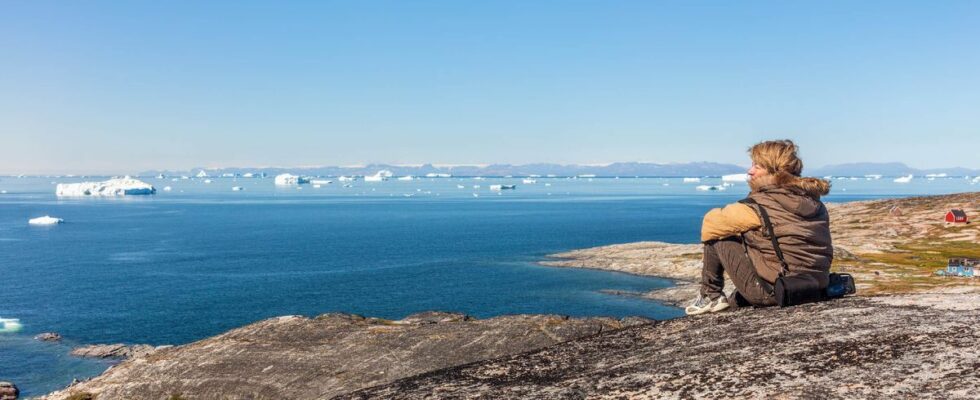Published on
Updated
Reading 1 min.
Climate change, by melting ice at the poles, is slowing the Earth’s rotation very slightly, which increases the length of the day by a few milliseconds, reveals a study published Monday.
Antarctica, Greenland and many glaciers are “in the polar regions,” Surendra Adhikari, co-author of the study, told AFP.
The water resulting from their melting due to global warming is largely found “in the equatorial regions“, and this change in the distribution of masses on the planet”impacts the way the Earth rotates“. That is to say: slightly slower.
“It’s like when a figure skater does a pirouette, first holding his arms close to his body, then stretching them out“, compares Benedikt Soja, also co-author of the study. The rotation, very rapid at the start, slows down little by little.
This slower rotation thus slightly lengthens the duration of a day, which totals 86,400 seconds.
Since 2000, the rate of daylight lengthening caused by climate change has been 1.33 milliseconds per century.
And if greenhouse gas emissions continue to increase very significantly, that rate could increase to 2.62 milliseconds per century by 2080 or 2100.
The influence of climate change could then surpass the effect of the Moon, which has also gradually slowed the rotation of the Earth over several billion years.
“It was very surprising to find that by the end of the 21st century, in high emissions scenarios, (…) climate alone could outweigh the contribution of any one phenomenon“such as “Earth-Moon dynamics,” Surendra Adhikari commented.
While these changes may seem small, they have “major implications for land and space navigation“, for example to send signals to distant probes, he said.
According to Benedikt Soja, this study also shows something more symbolic: “Humans’ impact on the planet is greater than we think“.
